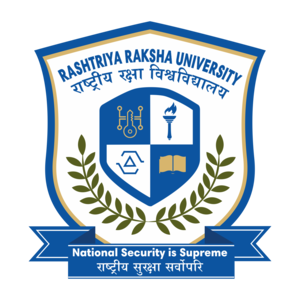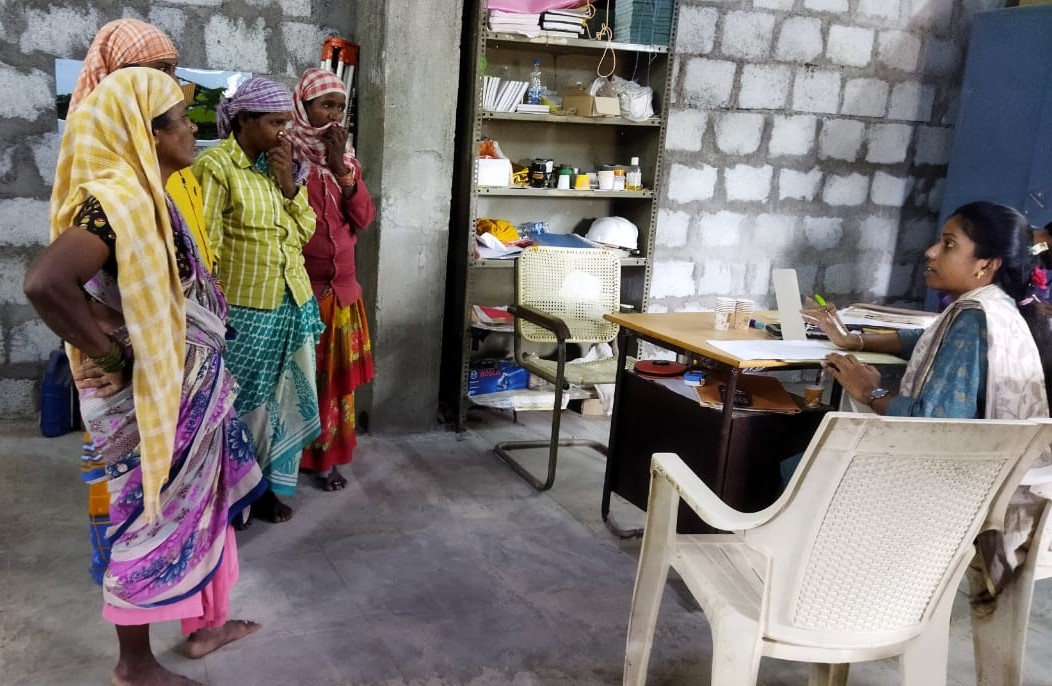Abuse and Neglect in Asylums,Orphanages and Care Homes
- Manmeet Kaur
- June 25, 2020
Content :
Children are that set of population who are regarded as the future of the nation and are one of the most vulnerable segments. Despite the special protection offered by the state to preserve their rights the situation and the plight are miserable. Children with the parents are presumed to be in the safest hands but what about the children without the parents in asylums, orphans, and care homes? Is there fortification and security not the responsibility of the state?
This paper will work as the catalyst in understanding the quandary of the children in the orphans and the various associated aspects. Afore elucidating the topic, it is essential to understand the scope and meaning of the orphanages. Orphanages are the institutions to look after the children without parents (orphans). But the author credence that it is the delusion as approximately up to 80 percent of the children in orphanages have a living single parent and they end up in these institutions because of the innumerable factors like poverty, illiteracy, disability, etc. The number of children in these institutions is increasing at an alarming pace globally and approximately 2.7 million children are surviving in these institutions worldwide. India has the second-largest population in the world, 42 percent of this population is less than the age of 18 years. These institutions are conventional to provide support, care, guidance, and shield to the children but girls and boys who live in them are at amplified risk of violence and ill-treatment and the authors have talked specifically about the locus of children in the orphanages.
This research paper is an endeavor to illuminate the situation in the orphanages, types of abuses faced by the acquitted children, sexual exploitation, need and prominence of the family for the well-being and growth of the children, international perspective and law and probable solutions. To support the research, the paper will include a comparative analysis between the two countries i.e. India and the United States of America for a better understanding of the concern, overcoming the hurdles in the path of implementation of the policies, and to bring an evident change.
The methodology of research is doctrinal and sources are secondary in nature. The basic source of information is the publically available information on various legal databases, books, journals, articles, etc. For the legal sanctions, the help of laws, case laws, reports, and legislations are given due consideration.












